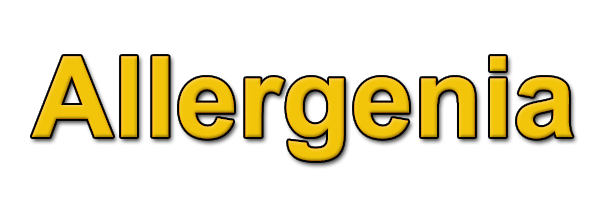Background
An increasing number of proteic molecules have been identified as either allergens or non-allergens during the past 20 years. Currently, there is no consensus among different Web-based databases because they have individually gathered different numbers of so-called “authentic” allergens and, in some cases, have even incorrectly included some non-allergens as “allergens”. Collecting, organizing, and displaying veritable data that is reported in the scientific literature and having them interactively served to draw unanimous conclusions is becoming a major concern of many investigators who rely on this knowledge to evaluate the allergenicity of their starting materials.
General Information
Allergenia database is developed by the Guangdong Provincial Key Laboratory of Allergy & Clinical Immunology, The State Key Laboratory of Respiratory Disease, The Second Affiliated Hospital of Guangzhou Medical University. At this time, FARRP (allergenonline), IUIS, and Allergenome, etc. are the most widely used allergen website databases. But these websites have faults and/or limitations. Our Allergenia database substantially outperforms these comprehensive allergen databases and by far exceeds the more narrow databases such as the InformAll Allergenic Food Database. The following four important aspects are featured in the Allergenia database: 1) the highest number veritable allergens are included with the authenticity of each allergen sequence individually verified; 2) no false allergens (non-allergens) are included; 3) only non-redundant allergenic sequences are listed; 4) the interactive interface is user friendly for a wide range of applications. After extensive and thorough investigation, we gathered 2108 authentic allergenic protein sequences and eliminated any redundant sequences.
